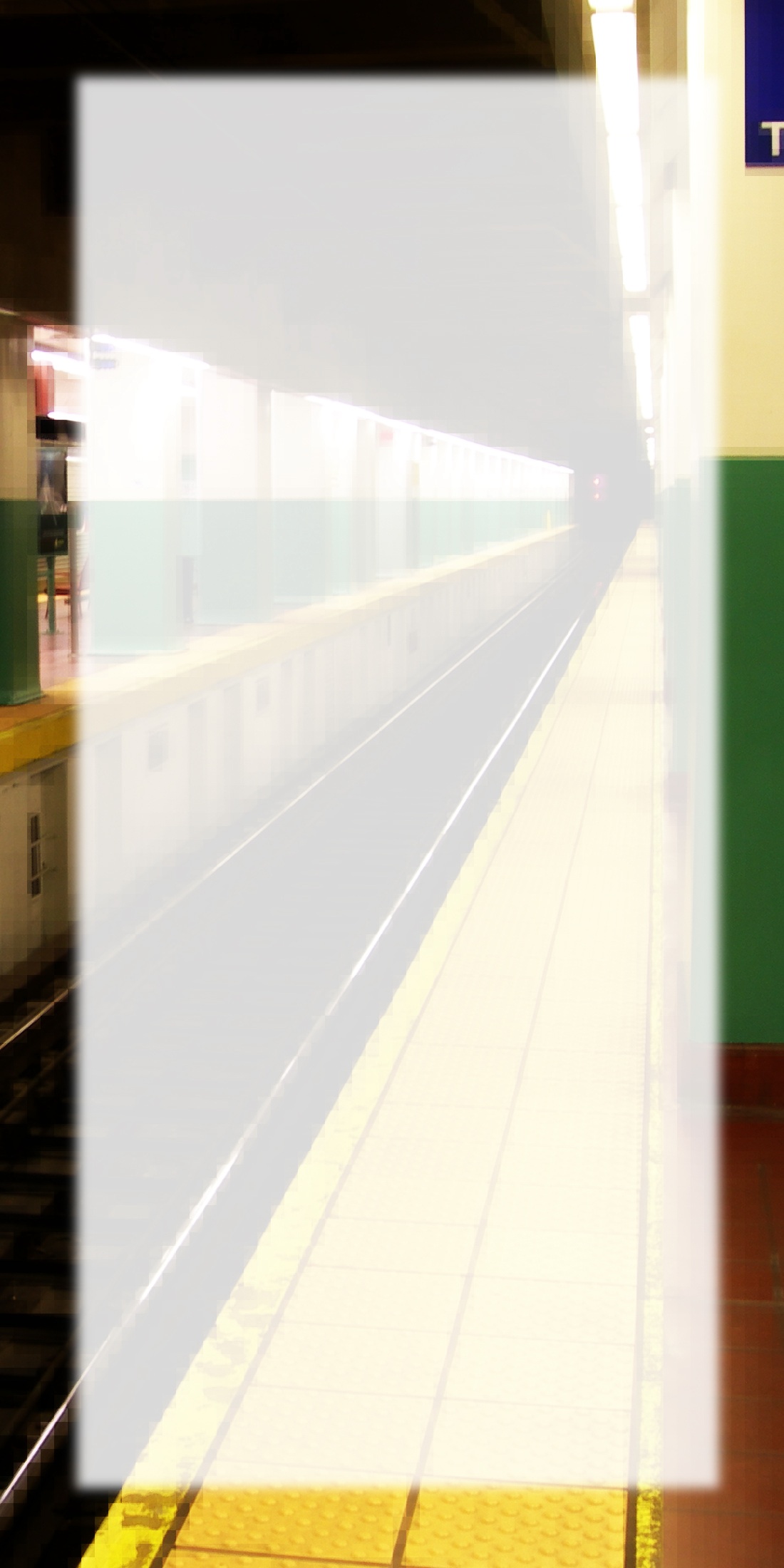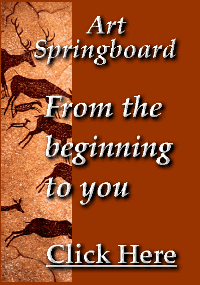At about the same time, other worlds of sound were fast becoming available. In 1957, at Bell Telephone Laboratories, Max Mathews programmed the first computer-generated sound and ushered in the age of digital audio. It was evident that if tape recorders could make possible any sounds that could be recorded, then computers could make possible any sounds that could be imagined. James Tenney, Jean-Claude Risset, and John Chowning were among the pioneering composers who were attracted to computers because, for the first time, they could create sounds as well as music. But in the early decades of computer music, it was not easy to compose sounds. A composer specified a sound, then waited for a computer to calculate it, then waited for a conversion to analog audio tape for playback. Computer music, in other words, was not a performance art. So when Robert Moog (in Trumansburg, New York State), Donald Buchla (in San Francisco), and Paul Ketoff (in Rome, Italy) more or less simultaneously but independently invented analog synthesizers in 1964, they filled a performance vacuum. These voltage-controlled synthesizers, as they were known, were indeed fashioned as musical instruments. They made possible the immediacy of performance with a whole new family of sounds. They also gave rise to the beginnings of a major musical instrument marketplace. Wendy Carlos' Switched On Bach, composed with a Moog synthesizer, was, as of 1969, the best-selling record of all time. Through the 1970s, new companies formed and new ideas were abundant. Electronic technology advanced from transistors to discrete components to integrated circuits, computers and software likewise advance, and musical instruments reflected the improving technologies. In 1972, Sydney Alonso, Cameron Jones, and Jon Appleton had developed the Dartmouth Digital Synthesizer, the first digital synthesizer, and by the end of the 1970s, there were hundreds of companies manufacturing analog and digital synthesizers. It was a happy but chaotic time in the music industry, which was poised for major growth.
Ikutaro Kakehashi, president and founder of Roland, one of the large Japanese companies, realized that major market growth depended upon standardization. In 1981, he said, "It's wasted energy if people can't communicate, so in the digital era, the question was how to share data ..." Kakehashi proposed the development of a standard protocol that would allow instruments from all companies to communicate. Dave Smith, president of Sequential Circuits, worked with Kakehashi and other Japanese companies, and in August 1983, they released the first specification of what they named MIDI (Musical Instrument Digital Interface). MIDI performed as expected. It made it possible for any manufacturer, no matter how small, to address products from all other manufacturers. It also made MIDI software possible, allowing synthesizers to be programmed from computers. It made electronic music ubiquitous.
The second musical revolution was the definition of the interactive musical instrument. The first step in this direction was the creation of musical automata. Beginning in 1951, John Cage automated musical decisions through random procedures based on tossing coins. In 1957, Lejaren Hiller, at the University of Illinois, used a computer to compose the Illiac Suite for String Quartet, for which Hiller used a generate-and-test method for choosing the notes. Following Hiller's method, the computer generated random numbers that were subjected to tests and, if they passed, the numbers were added to a note list that Hiller eventually transcribed into musical notation. Herbert Brun in Illinois, Gottfried Michael Koenig in Utrecht, and Iannis Xenakis in Paris, among others, pursued what came to be called algorithmic composition, i.e. the use of computer algorithms to automate musical composition.
The second and definitive step was interacting with musical automata. In 1967, I had commissioned Robert Moog to build the CEMS (Coordinated Electronic Music Studio) System, a large analog-programmable synthesizer for the electronic music studio at State University of New York at Albany. The system was delivered in late 1969, and in 1970, I used it to compose and perform Ideas of Movement at Bolton Landing. It was the first example of an interactive instrument, an instrument that automatically generates information as it responds to a performer's controls. During those same years, but independently and with a different project, Salvatore Martirano was building the SalMar Construction. Finished in 1972, it was a large analog synthesizer controlled by discrete-component digital circuitry performed by touching a large number of touch-sensitive switches. What was it like to perform? Martirano said, "It was too complex to analyze ... I enabled paths. Or better, I steered. It was like driving a bus."

